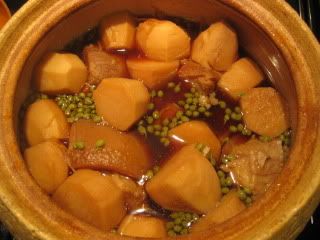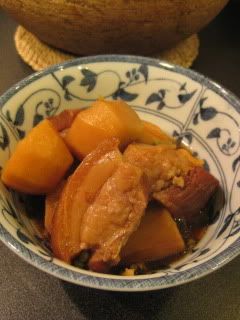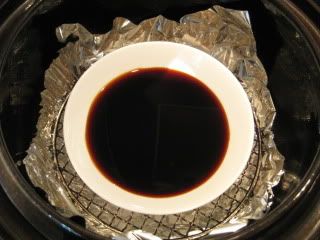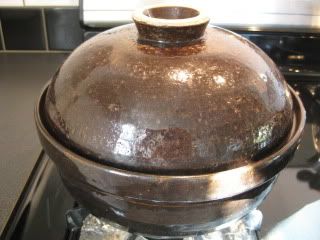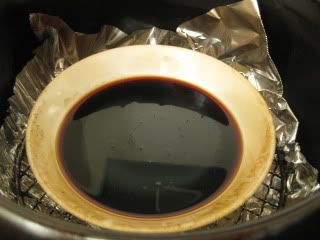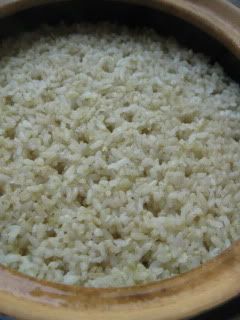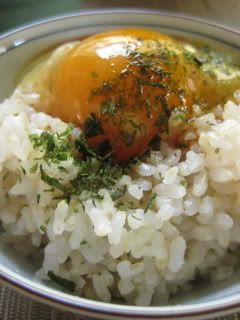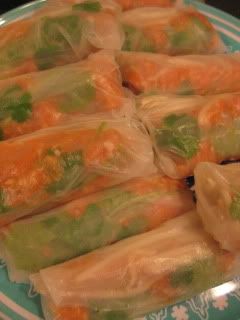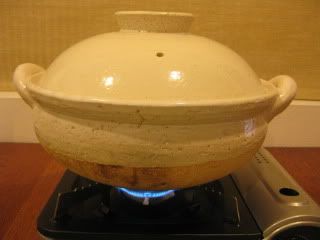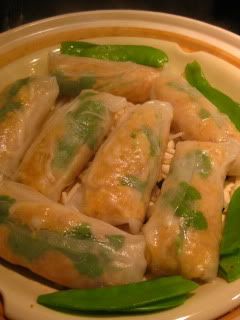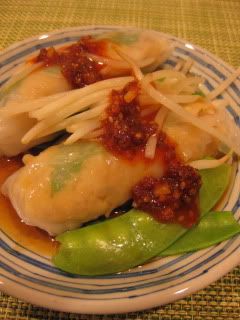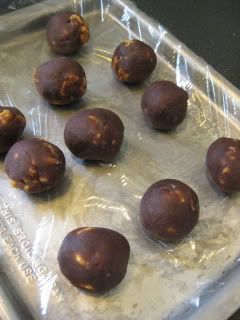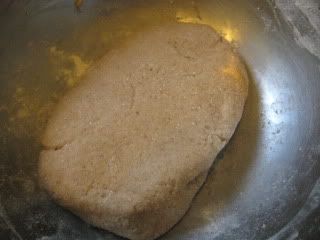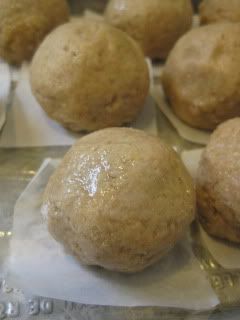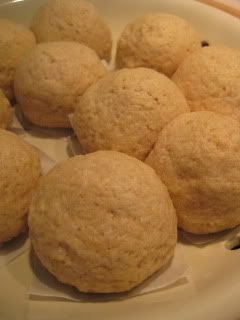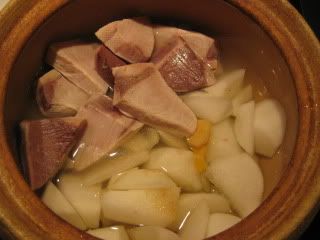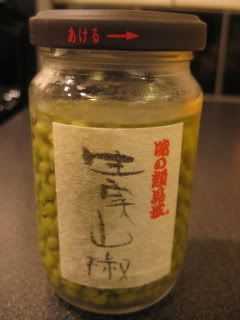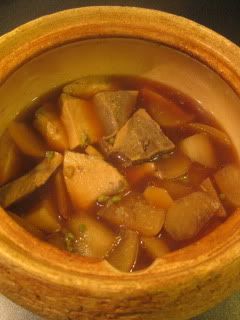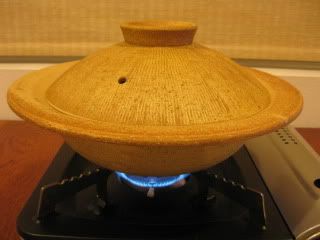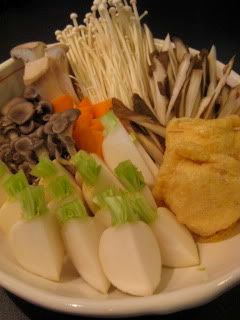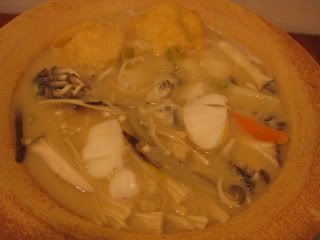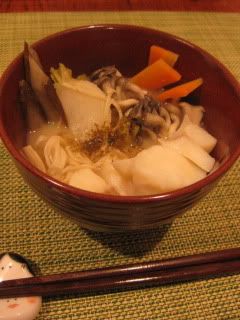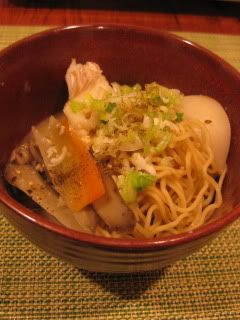
Buri Daikon (yellowtail and daikon radish stew) is a popular winter dish in Japan. Winter is the peak season for buri (grown-up yellowtail) and it has the high natural oil content. So, winter buri is especially rich and flavorful whether served raw (as sashimi) or cooked.
Buri and daikon in the dashi stock. The fish was quickly blanched in hot water (less than 10 seconds) before added to the stock. The stock was seasoned with sake, sugar, mirin, and soy sauce. Right before the turning off the heat, sansho berries (optional) were added. (berries of sansho pepper. I brought back from Japan.)
Now it's ready. Once it's served into a bowl, the dish can be garnished with some sliced yuzu rind. Wonderful winter treat. Here's my recipe.
Buri Daikon (Winter yellowtail and daikon radish stew)
Ingredients
12 oz yellowtail, cut into smaller pieces, seasoned with salt and let rested for 15 minutes.
1 pound daikon, peeled and cut into small oblique
1 to 1-1/4 cups water
1 2"x4" piece dashi kombu (dry kelp)
1/3 cup sake
2 tablespoons sugar
1 tablespoon mirin
1 knob ginger, peeled and thinly sliced
1 tablespoon soy sauce
1/2 tablespoon sansho berry
some thinly-sliced yuzu rind
Procedure
1. Blanch the yellowtail in simmering water for 5-10 seconds and quickly transfer in ice bath. Pat dry and set aside.
2. In Miso-shiru Nabe, add dashi kombu and 1 cup water. Let the kombu soak for 15-30 minutes (optional). Add the sake, sugar, mirin, and ginger.
3. Add the yellowtail on one side and daikon on the other side of the donabe. Add more water if the liquid level is too low. The liquid should almost cover the ingredients.
4. Bring to a boil, and reduce to low-simmer. Skim as necessary. Line the surface of the ingredients with a pice of foil. Cover with the lid. Simmer for 10 minutes.
5. Add the soy sauce and simmer for 12-15 minutes or until the broth is reduced by almost half.
6. Add the sansho berries and turn off the heat. Let it rest for 10 minutes. (The broth will still continue to simmer meanwhile.)
7. Serve into individual bowls and garnish with some yuzu rind.
Happy donabe life.

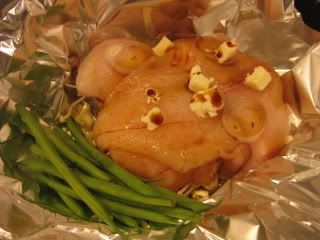
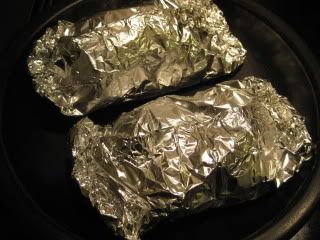
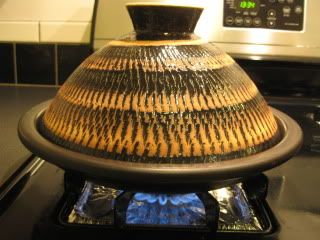
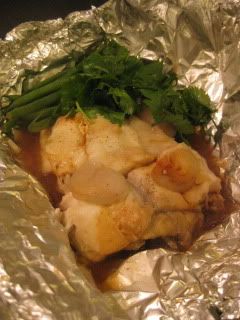

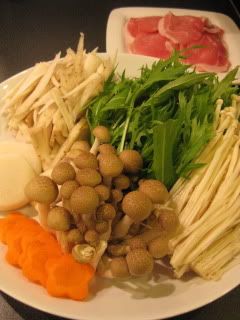
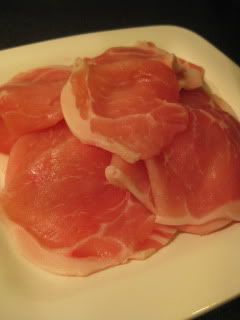
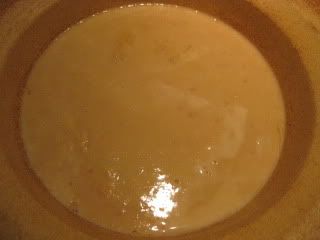

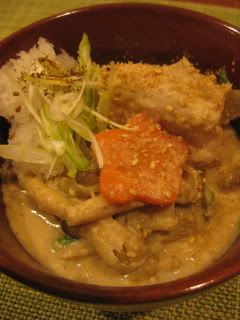

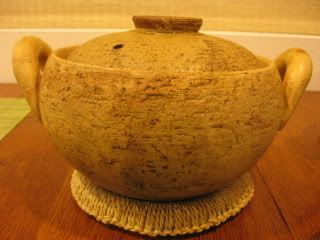
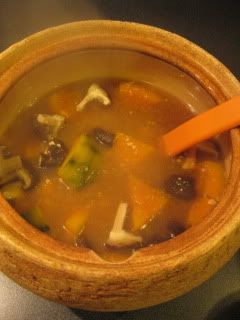

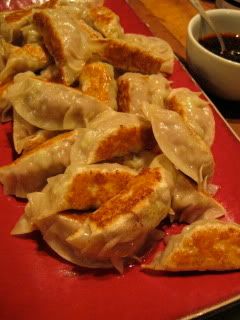

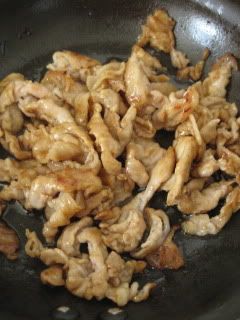
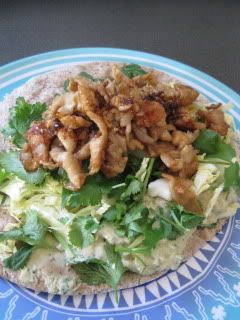


 My
My 
